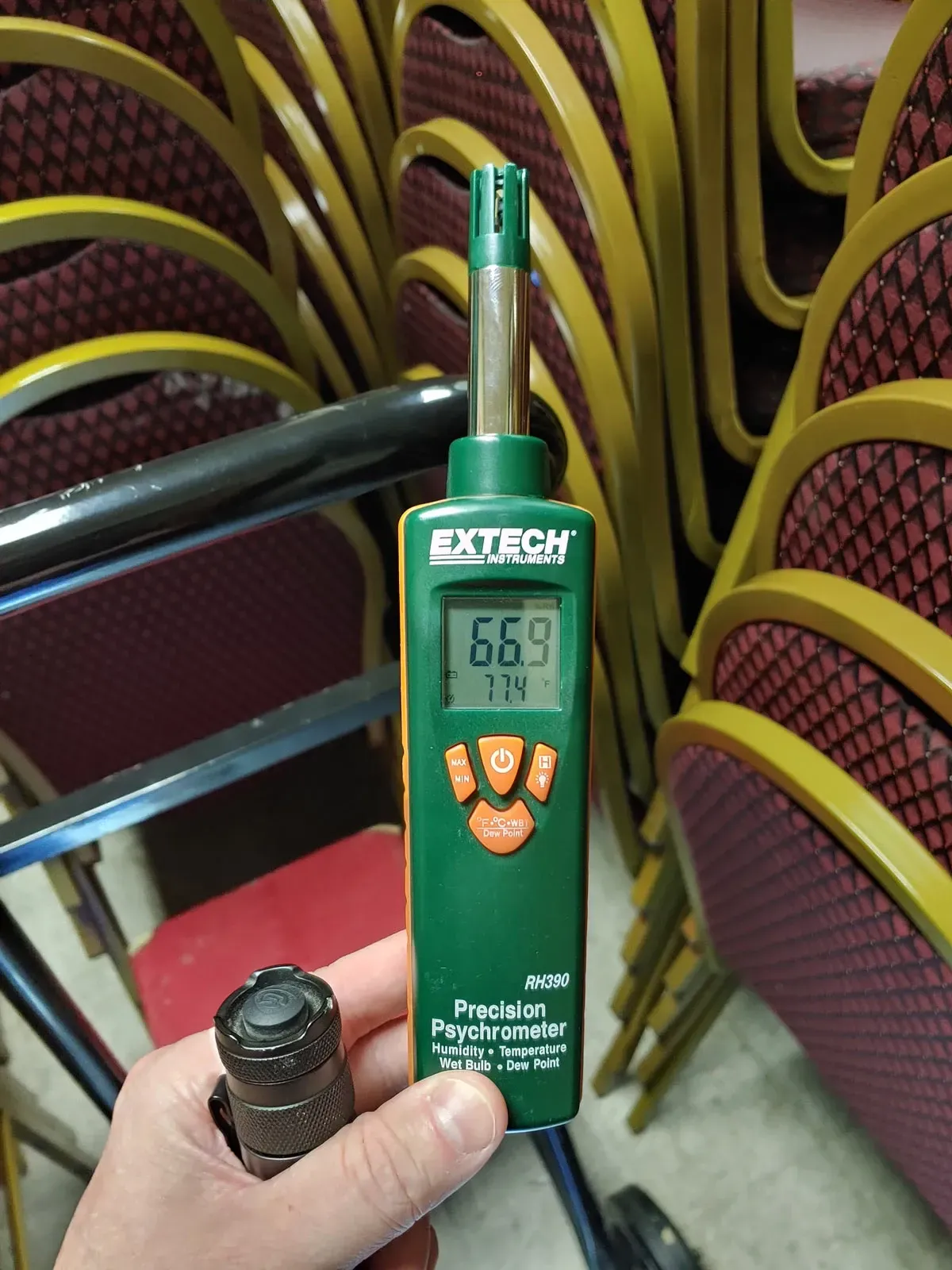Mold Inspection Conway SC: The Importance of Spring Inspections to Beat the Heat of Summer Mold Growth

In Conway, SC, the shift from winter to warmer spring and summer days increases the risk of mold growth in homes. To prevent potential damage and health issues, it is essential to prioritize mold inspection during the spring season. For the best mold inspection Conway SC has, call us.
Mold Spreading Quickly During Hot Months
Mold grows and spreads rapidly in warm, damp environments, making the hot summer months particularly conducive to its growth. Indoor humidity levels should ideally be maintained below 60% to minimize mold growth. As temperatures rise, increased humidity can create ideal conditions for mold to flourish, making early detection crucial.
The Need for Spring Mold Inspections
A timely mold inspection in the spring helps identify any existing mold problems, allowing homeowners to address them before the hot summer months arrive. By scheduling mold inspections during spring, homeowners in Conway, SC can prevent mold growth from becoming a larger issue when temperatures and humidity levels peak.
Expert Mold Inspectors and the Inspection Process
Professional mold inspectors are trained to identify signs of mold growth, even in hard-to-reach areas. They employ advanced techniques and tools to assess the extent of mold infestation in your home. The inspection process typically involves a thorough visual examination, moisture measurements, and, if necessary, surface and air sampling for laboratory analysis.
Prevention and Remediation after Mold Inspection
If mold is detected during the inspection, it's important to act quickly to prevent further growth and potential health risks. Mold remediation specialists can efficiently remove mold and address the source of moisture that led to its growth. Following the remediation, homeowners should implement measures to maintain proper ventilation, control humidity, and regularly inspect for signs of water damage or leaks.
Mold inspection in Conway, SC is essential during the spring season to prevent mold growth during the hot summer months. By scheduling an inspection in spring and taking proactive steps to address any detected mold, homeowners can protect their homes and families from the potential dangers of mold infestation.



